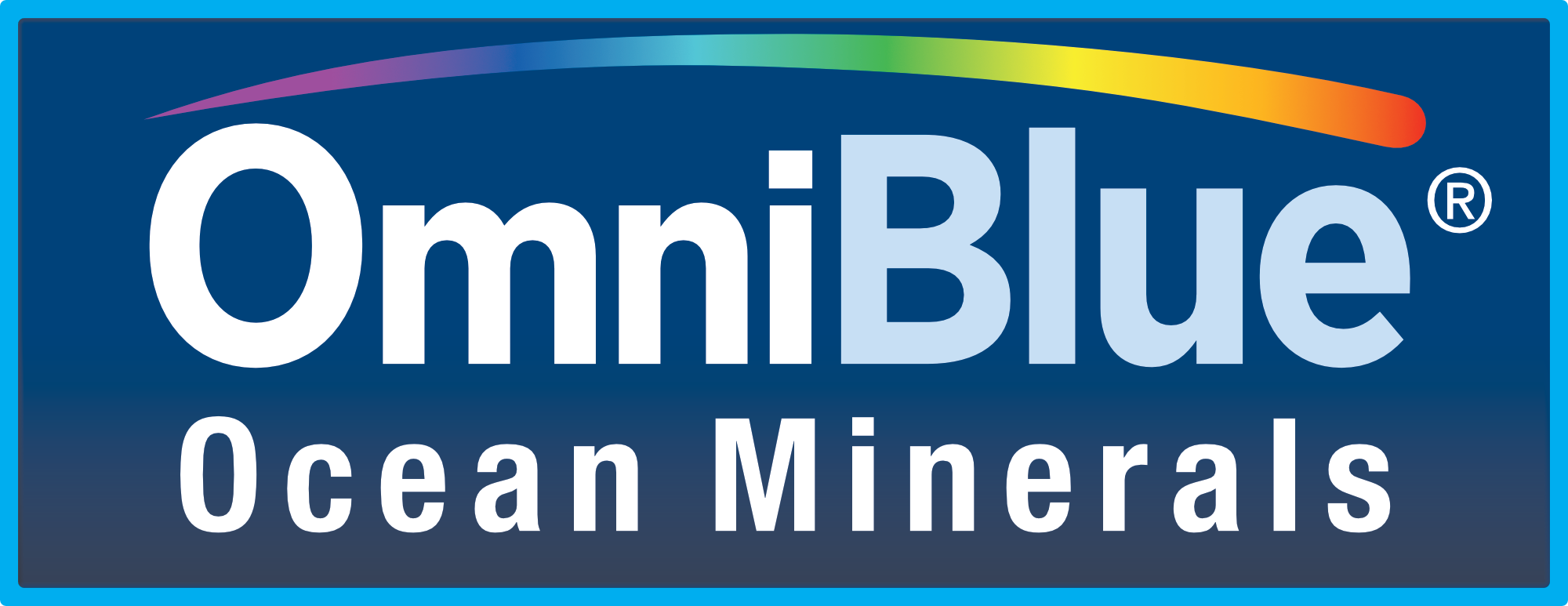It’s Larry the Lobster season:
With Memorial Day Weekend just behind us, we can officially say summer is kicking off! For some of us, that means getting a fresh new look at the beach, complete with a tomato red, skin peeling experience. It’s like molting, but for us it has the opposite effect. And that’s just the aim of this week’s edition— healthy skin. For the macho men in the crowd, shield your eyes if you must, but it must be said; Skin health is not just a beauty standard, it is pivotal for overall health. So, if you’ve ever wondered why the sun can be so dangerous for your skin, read on. Let’s take a deep dive into the world of skin health.
☀️ Don’t Fry Day
🤨 How a sunburn works
🌊 How magnesium can help

Don’t Fry Day: May 24th
As we dive into summer, we need to be mindful of the intense heat and UV exposure. This year's Don't Fry Day, celebrated on May 24th, comes just intime to remind us of the importance of sun safety. High temperatures and UV exposure can wreak havoc on our skin and eyes, leading to painful sunburns, premature aging, and an increased risk of skin cancer. This is the biggie, and given the use of the c-word, it is no joke. With a scorching heat wave set to hit the Gulf states, where temperatures will soar above 105º F, it's more crucial than ever to protect our body’s largest organ.
But all this begs the question… Why does the sun burn you? Apples don't burn when they are out in the sun all day, right? While it may seem like it, it’s not because the sun is so hot it is cooking you and leaving sunburns. It's actually because it is a radiation burn, caused by our skin taking in more UV radiation than it can handle. UV is a form of radiation emitted from the sun that has enough energy to break molecular bonds, through a process called photodissociation. This means that it can break down larger molecules into smaller ones.

Why are sunburns dangerous?
Molecules make up everything that we are, everything we touch, everything we see… you get the idea. So, picture this: it’s a hot day, perfect for a water balloon fight with some buddies, so you go make your ammo cache. You’re filling up a balloon but before you realize it, the balloon has filled up beyond its rubbery limits, and pops.
Now imagine that the water was UV radiation, and the balloon was your skin cell. This is essentially how a sunburn works. As you know, your body has evolved to protect itself from almost anything you put it up against, including the sun. Your skin makes up the protective layer against the outside world (the Sun in this case), and in it’s deep bench of helpers is melanin. This little guy is responsible for protection against UV light by absorbing the dangerous radiation which saves us from cell mutations. The sunburn occurs when our cells have absorbed all the UV light they can handle, and then some, so your immune system kicks in to help repair the damage. In doing so, it causes erythema aka inflamed skin, giving us that fiery sensation we all know too well.

How can Magnesium help?
As we’ve discussed in our past editions, magnesium is an essential mineral that help play multiple roles in keeping the body in ideal shape. To its impressive list of benefits, we’ll add magnesium’s ability to help capture free radicals. You chemists already know what we’re talking about, but a free radical is an atom or molecule whose instability comes from one or more unpaired electrons. Due to UV’s high energy, it breaks down molecules and creates these free radicals. They cause oxidative stress which causes cells to break down and can cause damage to your DNA (therein lies the danger of cancer).
The good news is that free radicals have a target on their back, and it’s part of magnesium’s job to rid the body of them. Now we aren’t WebMD saying you have a couple weeks at best due to your sudden eye twitch, so to ease your mind do note that free radicals are only dangerous when there are too many present, causing oxidative stress.
Ok, so back to magnesium. Magnesium helps activate fibroblasts, which are cells that are critical for repairing damaged cells and support collagen production (the main protein that makes up our skin) which helps you cope with the sunburn. Fibroblasts also help strengthen the skin, and reduce inflammation! So next time you spend too much time frolicking on the beach and get a bit ‘crispy’ remember to slap some magnesium on, and not toothpaste on the affected area.

A summer must-have for skin heath:
Our natural topical spray, OceanPower, is packed with a high concentration of magnesium, 70+ trace minerals, and soothing aloe vera. This powerful combination helps hydrate, protect, and repair your skin, making it the perfect companion for your summer adventures. Just a few spritzes and your skin will be rapidly hydrated, promoting skin elasticity and protection from the elements. With fast magnesium absorption and the soothing effects of natural aloe vera, its one sure way to cruise through a sunburn recovery!
So, what do you get with 4 sprays of OceanPower?
A grand total of 726mg of electrolytes that include:
-
293 mg of magnesium
-
63 mg of potassium
-
166 mg of sulfates
-
All minerals that your skin needs
That’s a wrap! As we embrace the start of summer, remember to stay hydrated, protect your skin, and enjoy every moment of sunshine safely.

Share:
Summer is (almost) here!
To Keto or Not to Keto